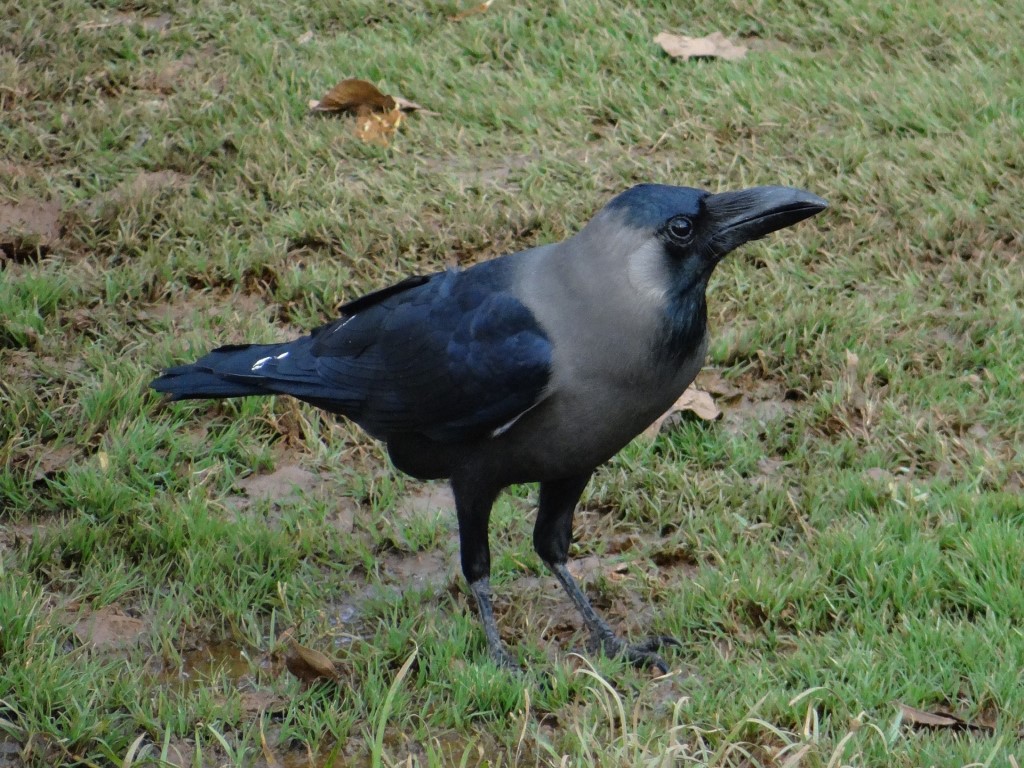Mozambique is in the grips of an authentic national emergency caused by an invasion of the Indian crow, a bird considered exotic and originates from South Asia. This dangerous and daring species has been present in the country since the late 1960s and early 1970s and returned at the beginning of this century, with the second wave proving even stronger than the first.
Almost all major port cities in Mozambique have been affected by the Indian crow, including Maputo, Matola, Beira, and Nacala. The initial wave impacted Inhaca Island, situated near the city of Maputo. To combat the crisis, the Museum of Natural History, an institution subordinate to Eduardo Mondlane University, the largest and oldest educational establishment in Mozambique, is leading the eradication efforts in Maputo.
Biologist Carlos Manuel Bento, a Master in Zoology from the University of Cape Town, South Africa, is at the helm of the Indian crow eradication efforts in Maputo. He warns that this bold and dangerous bird is not afraid of humans and can potentially be a carrier of avian flu, which is lethal to humans. The Indian crow has black beak, black crown, gray chest, black paws, black pupil, gray mantle, and black scapulars. Its blue-green eggs are laid twice a year, with each clutch containing between 5 to 6 eggs, and the incubation period is 17 days. The Indian crow breeds rapidly, and as Bento notes, its spread is so swift that Mozambique is already experiencing a national emergency.
The only way to combat the Indian crow invasion is through culling, according to Bento. A group of volunteers, under the coordination of Eduardo Mondlane University, is counting the Indian crows in Maputo, with plans to extend the process to other cities affected by the invasion. As Mozambique grapples with this genuine national emergency, the eradication efforts will be crucial to protect the public from this dangerous species.




